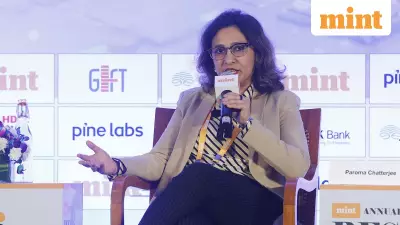
In a significant move to strengthen its policy-making framework, the Reserve Bank of India has rolled out three comprehensive surveys that will provide critical insights into the nation's economic pulse. These surveys, conducted quarterly, will directly feed into the deliberations of the Monetary Policy Committee ahead of its crucial December meeting.
Three-Pronged Approach to Economic Assessment
The central bank's survey initiative encompasses three distinct areas of economic measurement:
- Inflation Expectations Survey of Households: This survey captures the inflation perceptions and expectations of regular households across different cities and demographic segments.
- Industrial Outlook Survey: This assessment gauges the business sentiment within the manufacturing sector, providing valuable forward-looking indicators.
- Consumer Confidence Survey: This measures the current situation and future expectations of consumers regarding the economy, employment, and price levels.
Direct Impact on Monetary Policy Decisions
The timing of these surveys is particularly significant as the findings will serve as crucial inputs for the RBI's Monetary Policy Committee when it convenes in December. The data collected will help policymakers understand ground-level economic realities beyond conventional metrics.
"These surveys provide the qualitative context that hard data sometimes misses," explained an economic analyst. "When households express strong inflation expectations, it often becomes a self-fulfilling prophecy, making these surveys invaluable for preemptive policy action."
Why These Surveys Matter for India's Economy
The inflation expectations survey is especially critical in the current economic environment. When consumers anticipate rising prices, they tend to make purchases sooner, potentially accelerating actual inflation. Similarly, business sentiment directly influences investment decisions and hiring plans, making the industrial outlook survey a reliable leading indicator of economic activity.
The consumer confidence survey completes this triad by measuring the psychological aspect of economic behavior, which often drives spending patterns and savings rates.
With the December MPC meeting poised to make critical decisions about interest rates and monetary stance, these surveys will provide the real-world context needed to balance growth objectives with inflation control. The findings could potentially influence whether India maintains its current policy trajectory or shifts course in response to emerging economic signals.





